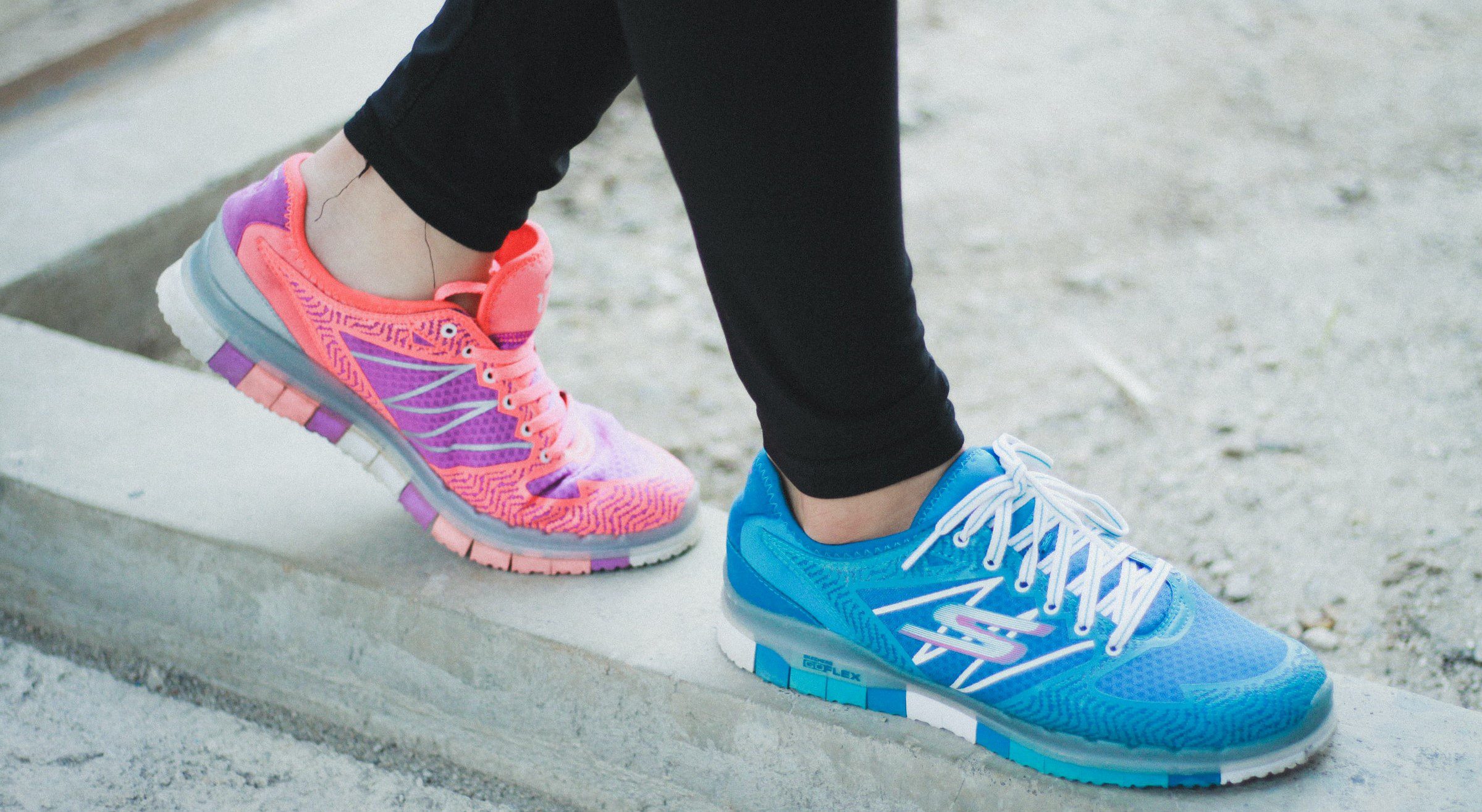Main idea: Insoles have an effect on static balance but not stepping reaction time. This effect is independent of neuropathy severity. The addition of a textured cover seems to counter the negative effect of an arch fill, even in participants with severe sensation loss. Static balance is unaffected by material softness or resilience. Current best practice of providing offloading insoles, with arch fill, to increase contact area and reduce peak pressure could be making people more unstable. Whilst flat, soft insoles maybe the preferable design option for those with poor balance.
Abstract
Background: Over 1 in 3 older people with diabetes sustain a fall each year. Postural instability has been identified as an independent risk factor for falls within people with Diabetic Peripheral Neuropathy (DPN). People with DPN, at increased risk of falls, are routinely required to wear offloading insoles, yet the impact of these insoles on postural stability and postural control is unknown. The aim of this study was to evaluate the effect of a standard offloading insole and its constituent parts on the balance in people with DPN.
Results: Insole design affected static balance and balance perception, but not stepping reaction time in people with DPN. The diabetic and memory shaped insoles (with arch fill) significantly increased centre of pressure velocity , and path length , when compared to the no insole condition. The textured shaped and flat soft insole had no effect on static balance when compared to the no insole condition.
Source BMC













Leave a Reply
You must be logged in to post a comment.